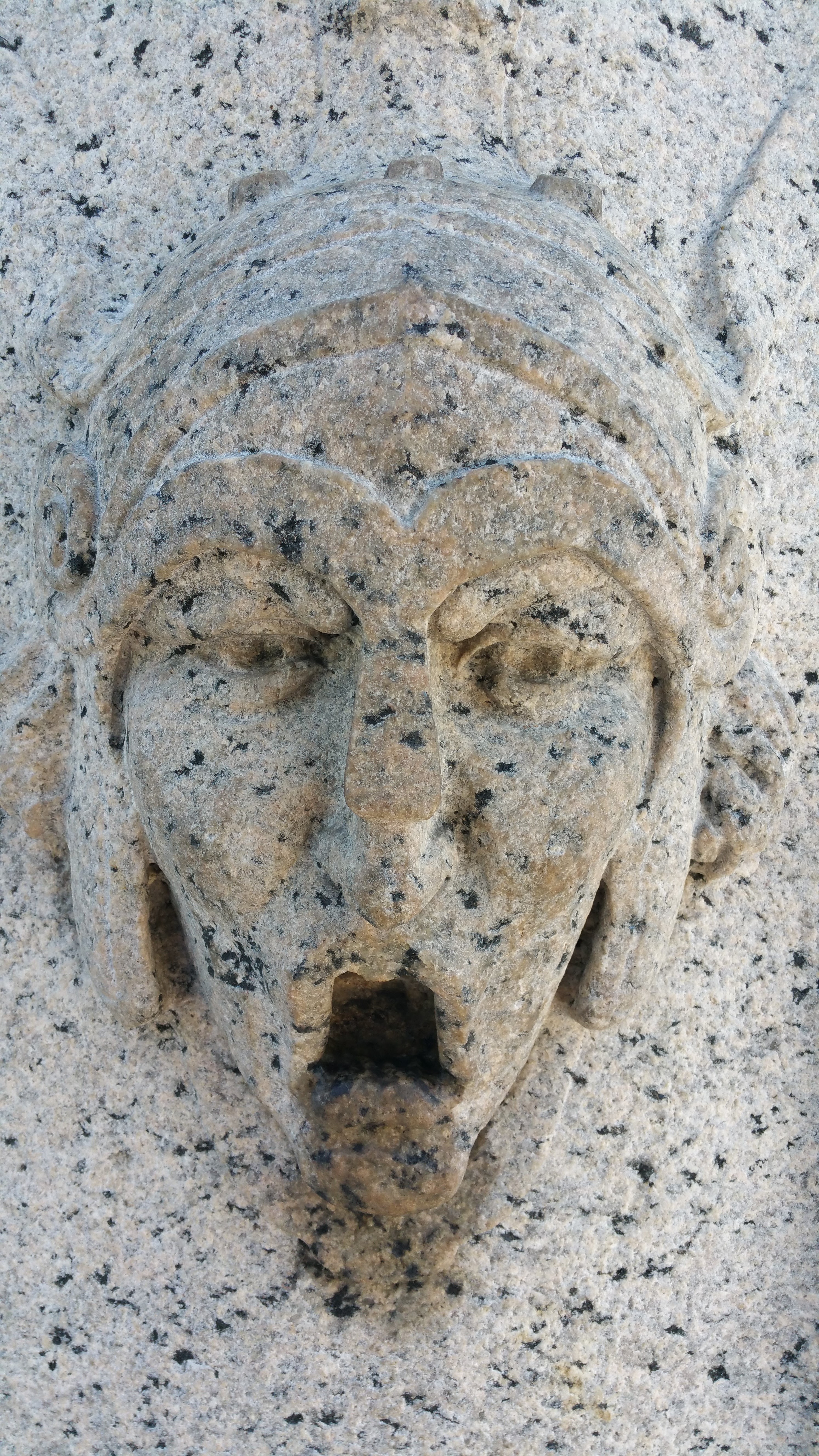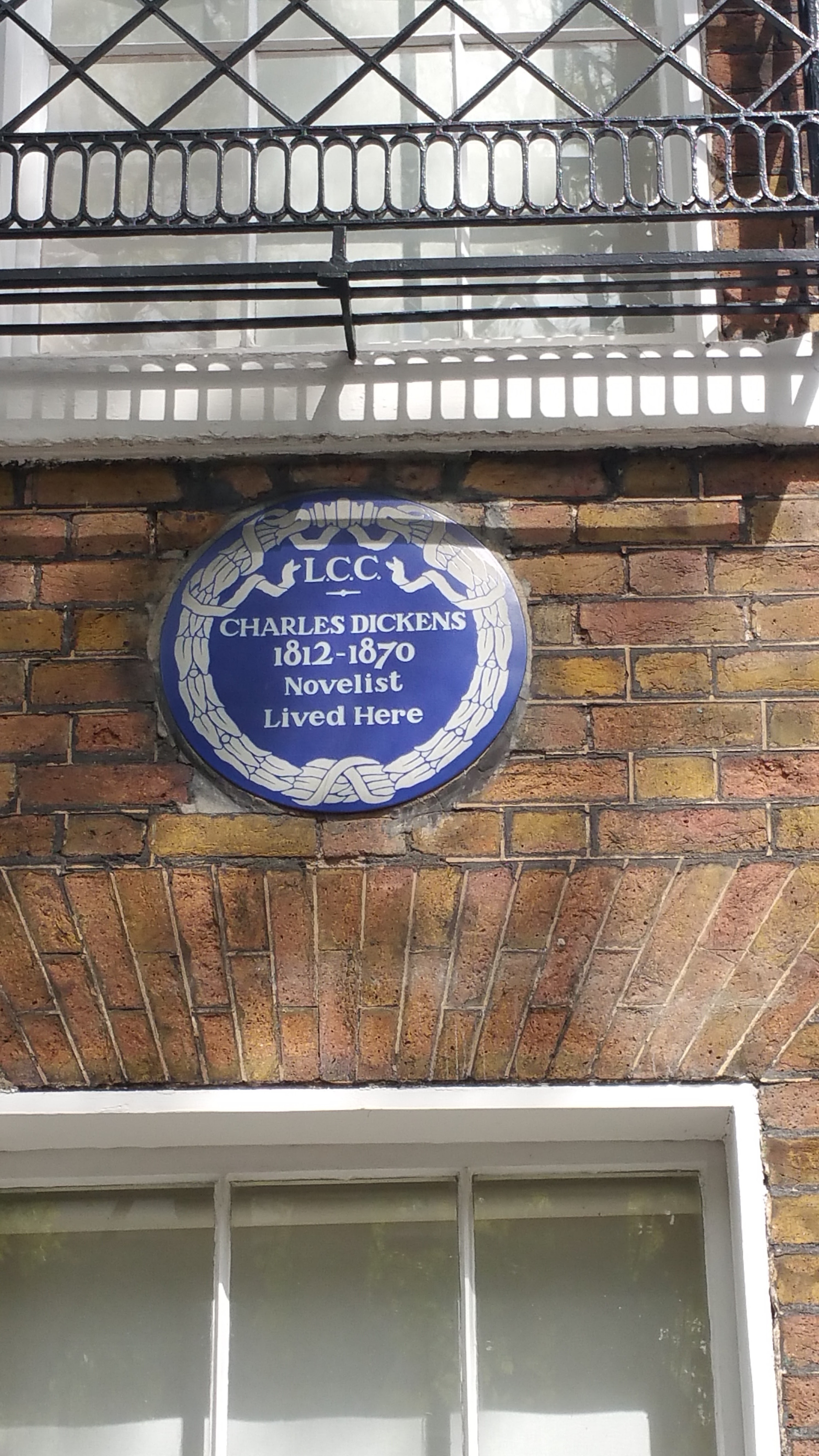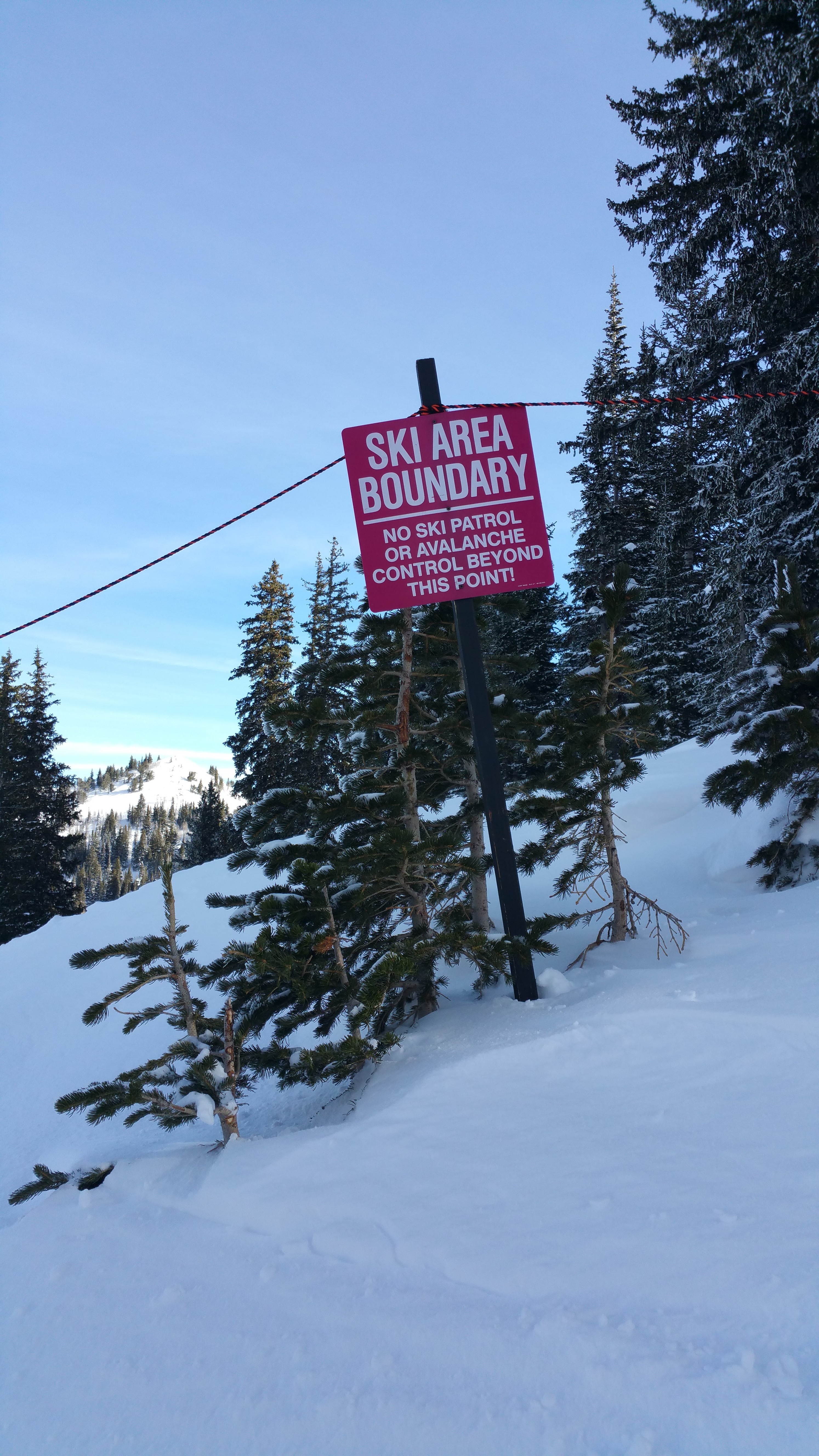
In Utah, claims against landowners, i.e., ‘premises liability’ claims, are subject to the ‘open and obvious hazard‘ defense. This defense is the assertion that the injured person failed to protect themselves from a risk that should have been apparent to them. Businesses and landowners who may have customers, clients, or patrons visit their property should beware, however, that this defense is not absolute and should take reasonable precautions.
Utah’s Open and Obvious Rule
The Utah Supreme Court clarified the open and obvious defense in Hale v. Beckstead, 2005 UT 24. The Hale court cited the Second Restatement of Torts Sections 343 and 343A as the source of Utah’s defense and not ‘common law’– prior Utah judge-made law. The Restatement states the responsibilities of both a landowner and a person who is present on the land. I will restrict this post to the those present on the land legally either by express or implied invitation, known as ‘invitees.’ Duties owed to trespassers and others is a subject for another day.
The Restatement version of the open and obvious danger rule also does not act as a complete bar to the recovery of a plaintiff injured as a result of another’s negligence. Hale ¶23.
Utah law, relying on the Restatement, sets up a number of situations that defeat an open and obvious danger defense. Each is based on the general proposition that a landowner owes a duty to “protect invitees against dangers of which [the invitee] are unaware, may forget, or may reasonably encounter despite the obviousness of the danger.” Hale at ¶27. A landowner is potential liable to an invitee if the landowner:
- knows or by the exercise of reasonable care would discover the condition, and should realize that it involves an unreasonable risk of harm to such invitees, and
- should expect that an invitee will not discover or realize the danger, or will fail to protect themselves against it, and
- fails to exercise reasonable care to protect an invitee against the danger.
In essence, if a landowner “should expect that [an invitee] will . . . fail to protect [himself] against [a dangerous condition],” the landowner must exercise reasonable care to protect him.
A typical situation might be a balcony without a railing. The danger, although obvious, involves an unreasonable risk of harm and could be encountered by children who may not recognize the danger or fail to protect themselves.
Just because a dangerous condition on your property is ‘open and obvious’ does not end the analysis. Landowners whose property is open to the public or to any invitee must exercise reasonable care. If you have any question about what you are required to do, ask your attorney or insurer.
Apportionment of Fault
The Hale court made it clear that the open and obvious defense fits nicely into Utah’s comparative fault scheme. The defense formerly was a complete bar to an invitee’s claim against a landowner. Under Utah’s prior scheme, “a person who bore any portion of fault, no matter how slight, for his own injuries was barred from recovering against the primary tortfeasor.” Hale at ¶19. No longer. Long ago (1973!) Utah adopted comparative fault. This means that the fault of each party is compared and percentages of fault assigned. The defense simply establishes a higher bar for an injured invitee before the invitee can establish liability and get cash. Still, an injured invitee’s fault must be less than the fault apportioned to the landowner in order to prevail at all. (If you are curious and want to drill down on this issue, see U.C.A. § 78-27-38, et seq.).
The Hale court made it clear that if there is no duty to warn an invitee of a danger then the comparison of fault never takes place. An invitee must first prove a duty existed and then prove that the landowner failed to meet that duty before any comparison of fault is ever performed.
Hale also made it clear that landowners are free to maintain an obvious danger on their property. The duty inform or protect arises when invitees are present:
This duty does not require that landowners fully remedy potentially unsafe conditions, only that landowners adequately warn invitees about such dangers. Where the danger is so obvious such that no warning is necessary to alert an invitee, the possessor of land is not required to give the warning anyway unless other circumstances, discussed above, warrant. Hale at ¶30.
Take-Away
If you own property, you are responsible to either keep it free of unsafe conditions or warn anyone coming onto your land of the unsafe condition. The Hale court defined in simple terms the requirements and how a landowner’s duties are applied and the hurdles an invitee must overcome when injured by an open and obvious condition on land.
An example comes to mind. Just the other day, my son had a friend over to play. We had built a platform on a hillside that was supposed to be the floor of a playhouse. Well, the playhouse was never built and the platform has been through at least two winters and is getting ‘weathered.’ I suspected but never confirmed that the boards had rotted and were unstable. My son’s friend confirmed my suspicion and fell through the boards and down the hill. Fortunately he was not hurt and considers his scratches a badge of honor and proof of a great story. (The platform you must understand is on a very steep hillside and the fall was substantial for a 10 year-old).
If my son’s friend had been injured, I would likely face liability for failing to ‘exercise reasonable care to discover’ the dangerous condition and either prevent the injury or warn of the dangerous condition. I do not recommend following my example. Be careful out there!
If you have questions, you should ask them- contact me, Utah attorney Ken Reich. I regularly represent companies and the individuals and families that own them. My job is to know and understand my clients and their goals. Together with the right legal experts, I can help you get the result you want.


